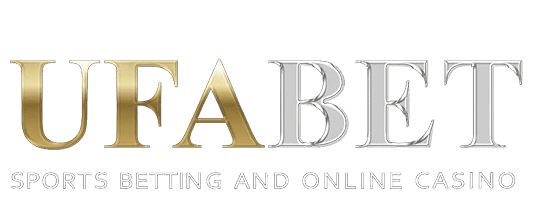Some government bonds come offer default premiums; however, a U.S. treasury typically does not. Thus, a corporate bond’s yield also accounts for the default risk of the company. It is important to understand why the “tree method” to find a corporate bond’s price includes a calculation for the risk of the bond defaulting.
What is Corporate Bond Valuation?
Similarly, when interest rates decrease, and the YTM decrease, the bond price will increase. Though the process outlined above may seem confusing and overwhelming, it’s a crucial part of determining whether a bond is a sound investment opportunity. https://www.kelleysbookkeeping.com/ As with many other skills, given enough practice and background, pricing a bond will become second nature for individuals in a finance-focused role. After calculating cash flow, discount the expected cash flow to the present.
Pricing a Bond in Steps
- The bond rating agencies, Moody’s, S&P Global, and Fitch, are the acknowledged experts in debt and set the ratings that govern bonds.
- As noted above, the market sets this discount rate, or the yield to maturity.
- Higher inflation expectations may lead to higher interest rates and lower bond prices, while lower inflation expectations can result in lower interest rates and higher bond prices.
- In our bond price calculator, you can follow the present values of payments on the bond price chart for a given period.
- Instead, the bond is purchased at a discount to its face value, and the investor receives a single payment at maturity that includes the principal and accumulated interest earned.
A financial calculator can also be used to solve common types of bond valuations. For example, what would be the current price (value) of a 4% coupon bond, paid semiannually, with a face value of $1,000 and a remaining term to maturity of 15 years, assuming a required YTM rate of 5%? Both stocks and bonds are generally valued using discounted cash flow analysis—which takes the net present value of future cash flows that are owed by a security. Unlike stocks, bonds are composed of an interest (coupon) component and a principal component that is returned when the bond matures. Bond valuation takes the present value of each component and adds them together.
Great! The Financial Professional Will Get Back To You Soon.
The YTM reflects the going rate in the bond market for this type of bond and the bond issuer’s perceived ability to make the future payments. Hence, we base the yield on a mutually agreeable price between seller and buyer. The bond market determines the YTM and the available supply of competing financial assets. By competing against other available financial assets, the YTM reflects the risk-free rate and inflation, plus such premiums as maturity and default specific to the issued bond.
What factors can influence bond valuation apart from interest rate changes?
To know whether a particular bond is a good investment, a financial institution, analyst, or individual investor must be able to calculate the fair value of the bond in question. Without this understanding, making an intelligent investment decision would be next to impossible. We can look up the bond rating of any company that issues debt by looking at any rating agency site. I personally use Moody’s, and they offer some great commentary on debt and credit that are extremely insightful.
It takes into account the price of a bond, par value, coupon rate, and time to maturity. Changes in interest rates directly impact bond valuation, as they influence the discount rate used in calculating the present value of a bond’s future cash flows. Monitoring interest rate movements is essential for investors to adjust their bond investment strategies accordingly. A bond’s face value, or par value, is the amount an issuer pays to the bondholder once a bond matures. Depending on these factors, an investor may end up purchasing a bond at par, below par, or above par. For example, a bond with a $1,000 face value bought for $950 was purchased below par.
Estimating future cash flows in bond valuation can be subjective, as it requires assumptions about interest rates, inflation, and other factors that may change over time. The 3M bonds have an annual coupon rate of 2.25%, which indicates that the annual interest payment on the bond will https://www.kelleysbookkeeping.com/differences-among-a-tax-id-employer-id-and-itin/ be the face value (assumed to be $1,000.00 multiplied by 2.25%), or $22.50. The appropriate discount rate to apply to these future payments is the yield to bond maturity, 1.24%. A bond is a debt that is incurred by a company or government entity to finance a project or fund operations.
Please review the Program Policies page for more details on refunds and deferrals. You would have a series of 30 cash flows—one each year of $30—and then one cash flow, 30 years from now, of $1,000. Add together the cash flow value and the final face value placement, and you’ve successfully calculated the value of your bond. Below are additional details about bonds, the role they play in the global market, and step-by-step instructions you can use to price a bond. Dave, a self-taught investor, empowers investors to start investing by demystifying the stock market. At the end of 2021, the size of the US bond market had reached $46 trillion.
With the size of the bond market dwarfing the equity markets, we should strive to understand bonds and how to invest with them. The company currently carries a bond rating of A- from Moody’s, considered investment grade. Based on the discount loan received from bank journal entry rate for AMD’s equity, the discount rate for the bond is 7%, which we will assign to all of the following calculations to remain consistent. All things being equal, we would want to own the bond with a higher yield to maturity.


